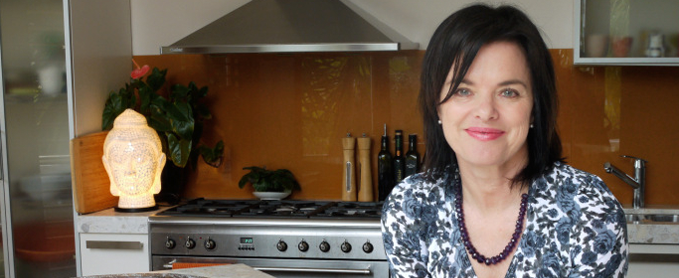
Why scraping your tongue every day is a must.
At Ayurveda we take great interest in the tongue. We spend a lot of time looking at people’s tongues, which
Ayurveda Health Auckland, New Zealand

At Ayurveda we take great interest in the tongue. We spend a lot of time looking at people’s tongues, which

Over the past decade, Perry Macdonald has immersed herself in her passion for Ayurvedic medicine, a health system developed some
You’re cooking with massage oils?” a friend quips when I mention I’m off to an ayurvedic-cooking class. Clearly ayurveda is